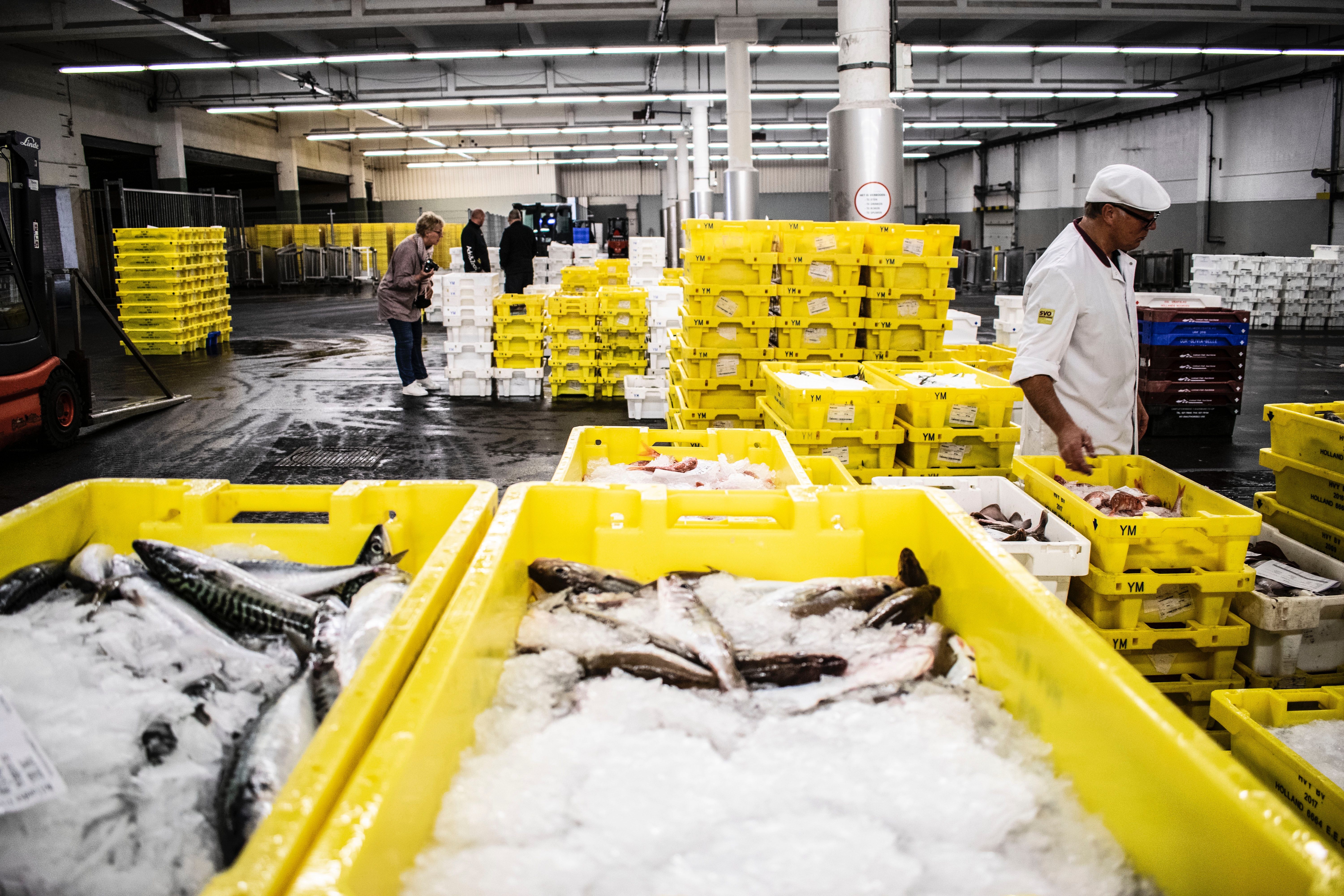Contact: +91 99725 24322 |
Menu
Menu
Quick summary: The problems faced by Seafood industry, one of the world’s first and largest commercial enterprises in the food industry are overfishing, illegal, unreported, unregulated (IUU) fishing, and bycatch. Emerging solutions in blockchain-based food traceability address these practices.

